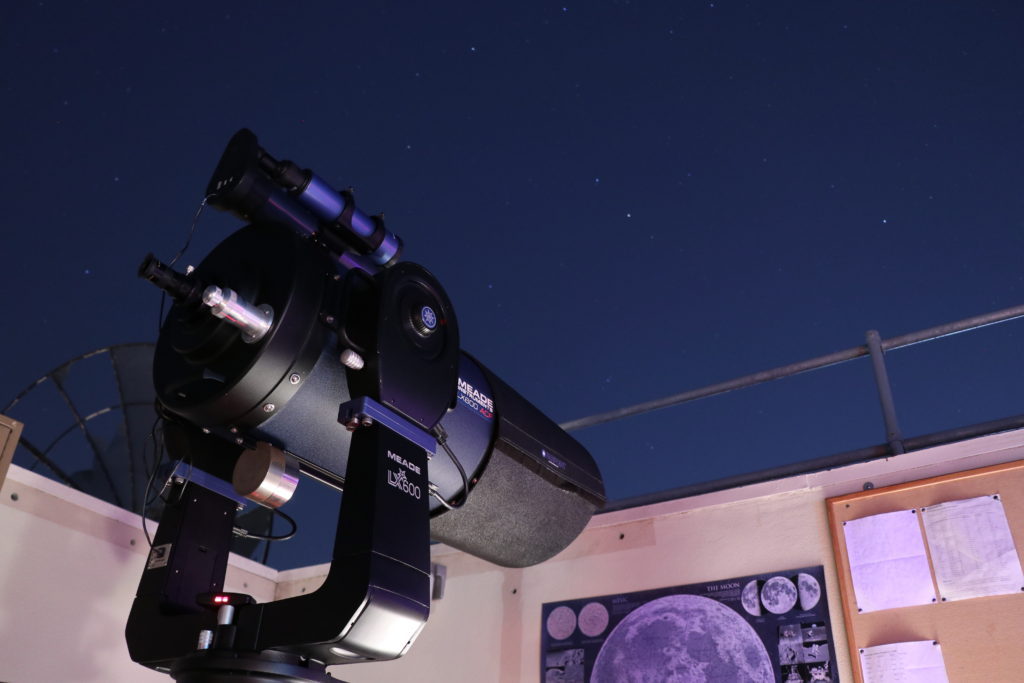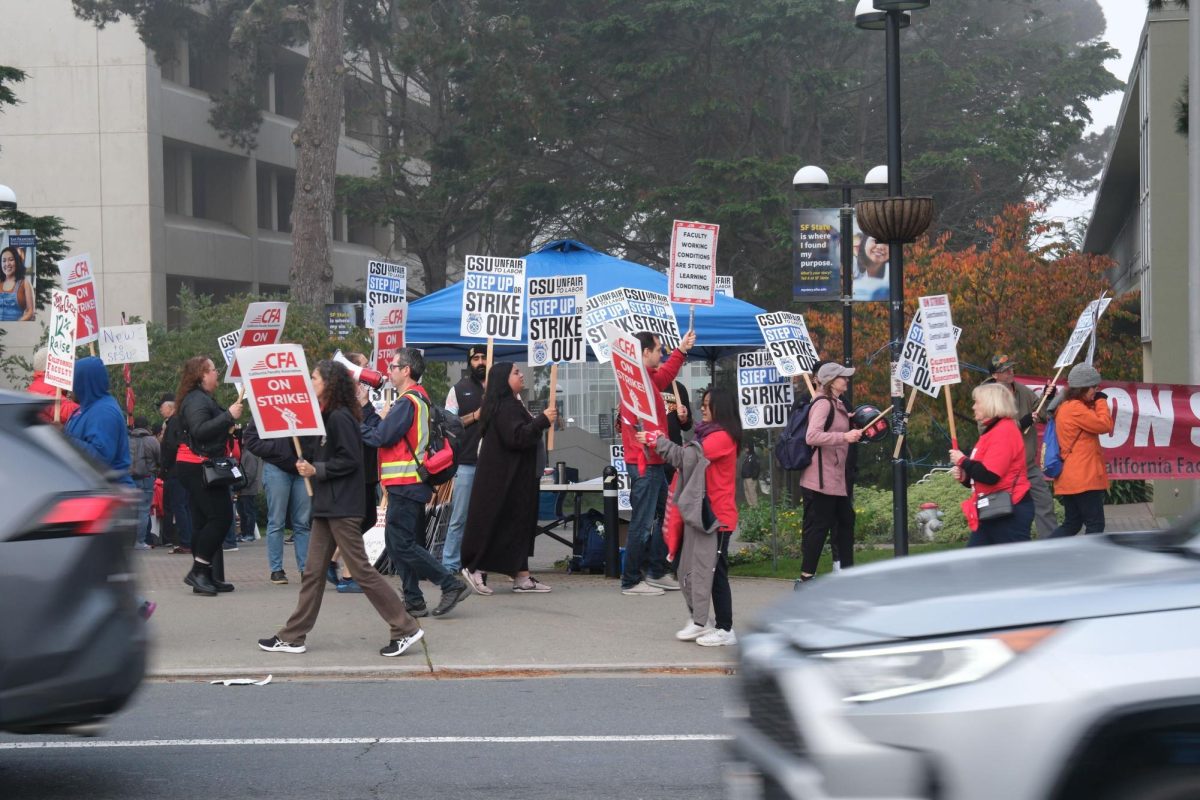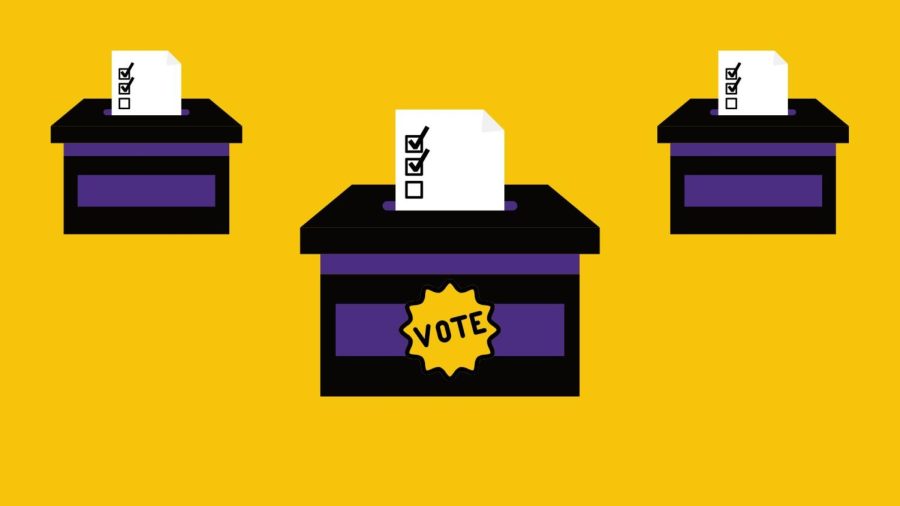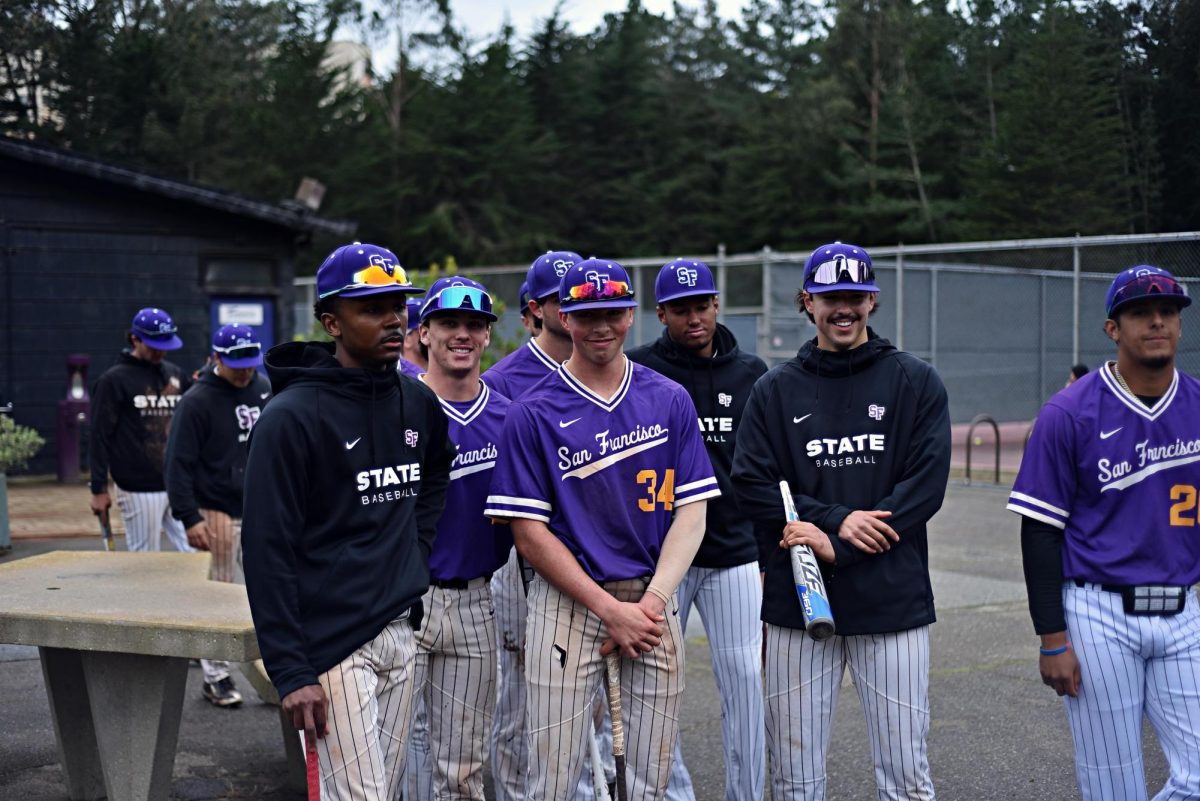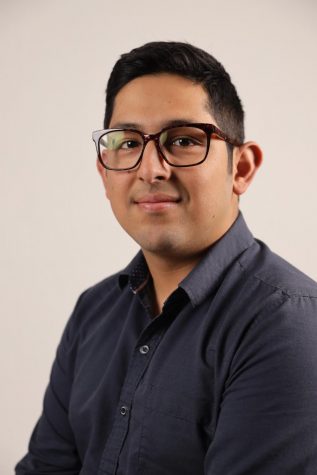Starting Sept. 23, SF State’s observatory is hosting public viewing nights for the remainder of the semester allowing students and community members to gaze upon the stars, planets and beyond.
These nights are entirely student run, according to Adrienne Cool, a professor of astronomy and director of the observatory. Cool said September and October are particularly opportune months to view Saturn and Jupiter.
The observatory is open Monday, Wednesday and Thursday evenings this semester, from 7:30 p.m. -9:30 p.m. Observation is free to the public.

“There are beautiful, multicolored binary stars — pairs of stars that are bound together by gravity and orbit one another,” Cool said.
Cool is only the second person to serve as director to the observatory and planetarium. Charles Hagar, a professor of astronomy from 1959 to 1994, witnessed the birth of Thornton Hall, where the observatory is located, and helped design the facilities in concert with the building’s construction.
Since the observatory first opened in 1973, it has been free of charge and regularly open to the public, according to Cool.
The observatory’s public open nights are entirely run by student docents. Docents commit one night a week to set up the telescopes, supervise their use and answer questions. Docents receive one credit per semester for their work, but many say they do it because it’s what they love.
“I stay a docent because I like working with telescopes. I like showing the public the cool things in space that you don’t usually see,” Andrew Garcia, an astrophysics student, said.
Garcia, who lives in Merced and commutes roughly four hours a day when he has class, has been involved with the observatory for five semesters. He said he chose SF State because it was the only school nearby that offered an astrophysics program.
“The students who are docents take on a lot of responsibility and they really do a lot,” Cool said.
Operating an observatory in San Francisco means many nights are too cloudy for star-gazing, causing Garcia to stay on campus hours later than necessary in vain.
“I blame Karl a lot, I talk trash about him,” he said, referencing Karl the Fog.
When Garcia first transferred to SF State from Merced College in the fall of 2017, he took an astronomy lab with Dr. Cool. This lab focuses on how to use astronomy equipment and typically serves as a prerequisite for most students who eventually become docents.
However, for particularly eager students like Garcia, who cannot wait to begin engaging with the telescopes, Cool allows a second path. Students have the opportunity to serve as apprentice docents for a semester in lieu of the course, after which they can be official docents.
Cool emphasized that any student on campus with an interest in astronomy and a willingness to learn can get involved.
“Charles Hagar believed in [free admission] very strongly and we want to continue that legacy of making science accessible to everyone,” Cool said.




